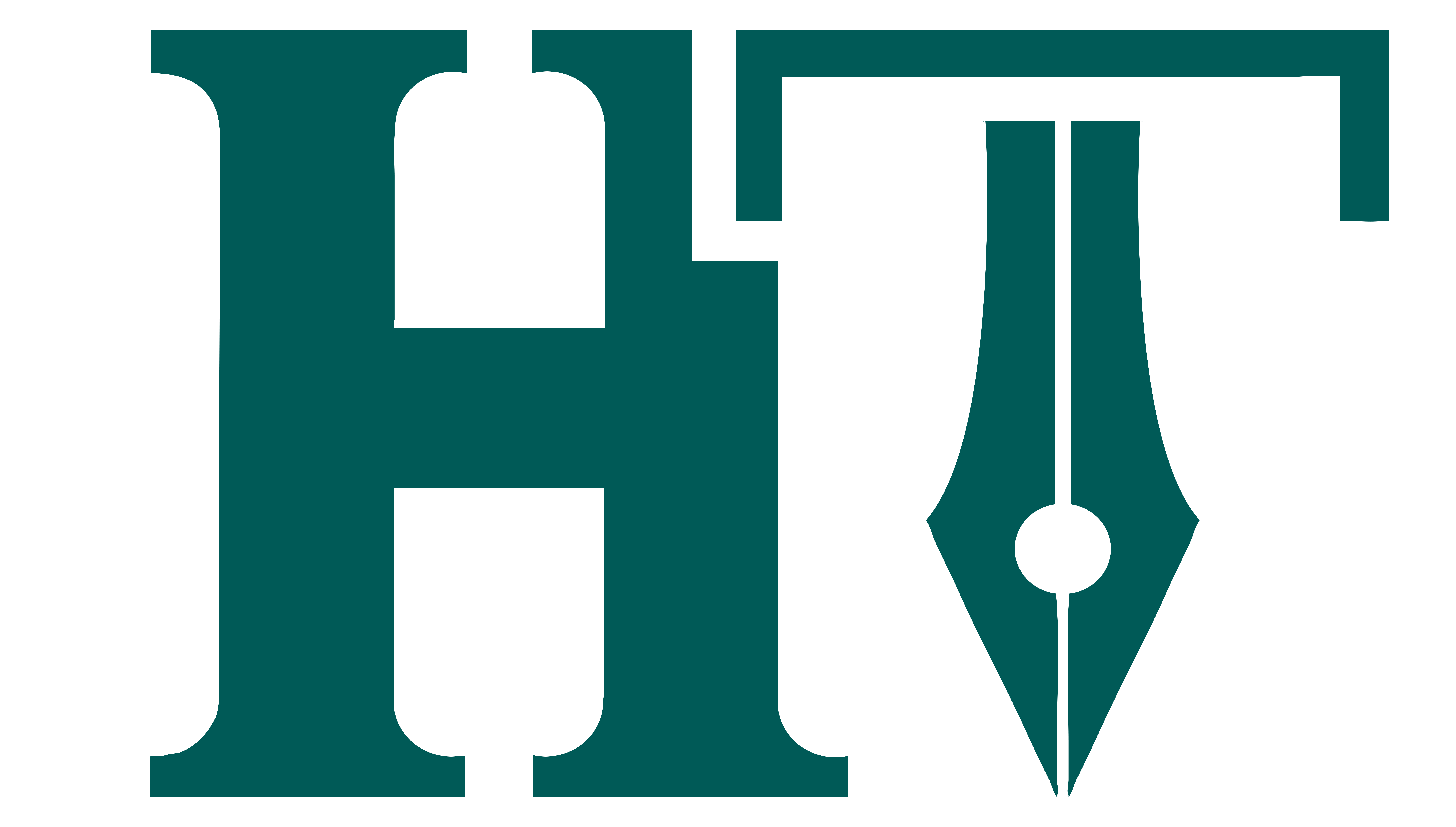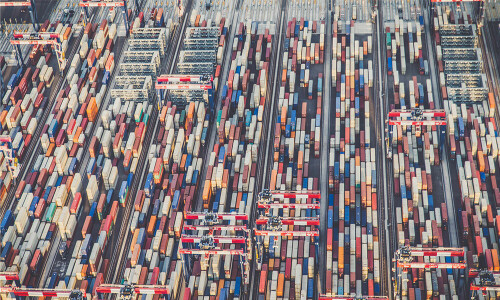US Reduces Tariff Rate on Pakistani Goods
The United States has decreased its reciprocal tariff rate on imports from Pakistan to 19%. This is in contrast to the 20–25% tariffs applied to regional competitors like India, Bangladesh, Vietnam, and Sri Lanka, potentially giving Pakistan a competitive advantage in the U.S. market. This reflects Pakistan’s diplomatic efforts to obtain more advantageous trade conditions.
However, this benefit might not result in considerable export growth unless Pakistan tackles ongoing domestic structural challenges. Industry experts and economists caution that elevated input costs, resulting from high interest rates, expensive energy costs, and diminished export financing incentives, continue to hinder the nation’s global trade competitiveness.
Jawed Bilwani, President of the Karachi Chamber of Commerce and Industry (KCCI), stated, “The cost of electricity is still the second-highest component, following cotton, in Pakistan’s textile production expenses.”
Textile Exporters Concerned About US Tariff Decision
He also mentioned that recent modifications to the Export Finance Scheme (EFS) have negatively impacted export activity. He emphasized, “Maintaining the EFS in its original form is essential for sustaining textile exports.”
According to Dr. Usama Ehsan Khan, Head of Research at the Policy Research and Advisory Council (PRAC), Pakistan might not observe a substantial change in orders from international purchasers despite the lower U.S. tariff unless input costs are reduced.
He noted, “The tariff reduction helps maintain volume in the U.S. market, but elevated production costs render Pakistan’s export prices uncompetitive.”
Khan identified three vital areas for immediate cost reductions: interest rates, electricity tariffs, and gas prices.
He pointed out that Pakistan’s central bank has maintained its policy rate at 11%, significantly above inflation, which has recently fallen below the targeted 5–7% range. In contrast, comparable economies operate with rates between 3% and 10%.
“Pakistan has scope to reduce interest rates to single digits,” Khan suggested, asserting that such action would decrease the cost of conducting business, stimulate exports, and alleviate debt servicing. He added, “Each 1% reduction in the policy rate lowers interest payments by Rs200–250 billion annually.”
Power tariffs for Pakistani exporters, presently around $0.16 per unit, are considerably greater than those in competing nations, where rates vary from $0.06 to $0.10. Khan proposed that Pakistan could decrease electricity costs by closing costly domestic plants and renegotiating agreements with foreign-owned independent power producers (IPPs).
Gas tariffs, another burden on exporters, also necessitate downward revision, he stated, emphasizing that a strategic reduction would enhance Pakistan’s attractiveness as a manufacturing center.
A joint PRAC and KCCI infographic comparing Pakistan’s input costs with those of regional competitors reveals further weaknesses. Pakistan’s labor productivity, for example, stands at just $7.20 in GDP per hour worked—well below the $8.70–$18 range of peer countries, except Cambodia, which stands at $4.
As global trade dynamics evolve and buyers seek dependable, cost-effective sourcing locations, experts emphasize that Pakistan must implement significant domestic reforms to fully leverage external trade opportunities like the U.S. tariff cut.
“Without reducing production costs, Pakistan risks missing out on the benefits of this hard-won trade advantage,” Khan warned.



Comments (0)
No comments yet. Be the first to comment!
Leave a Comment